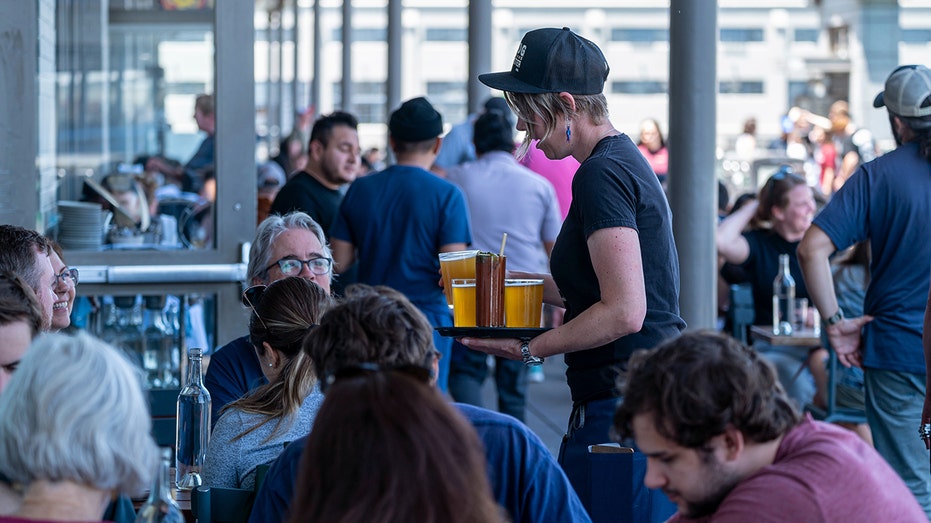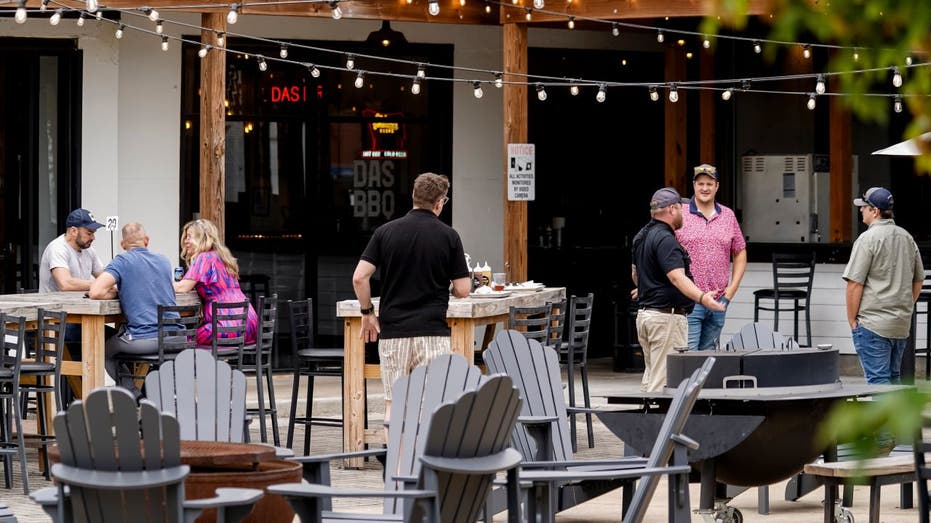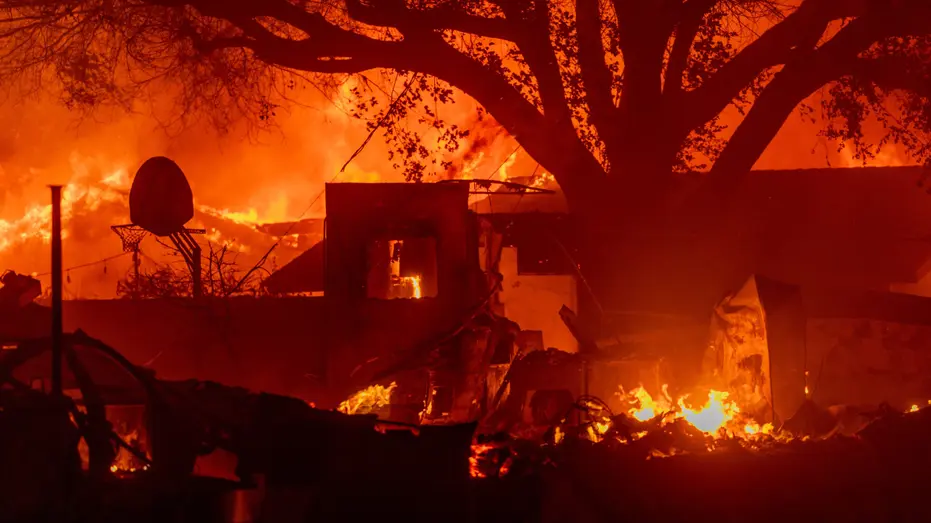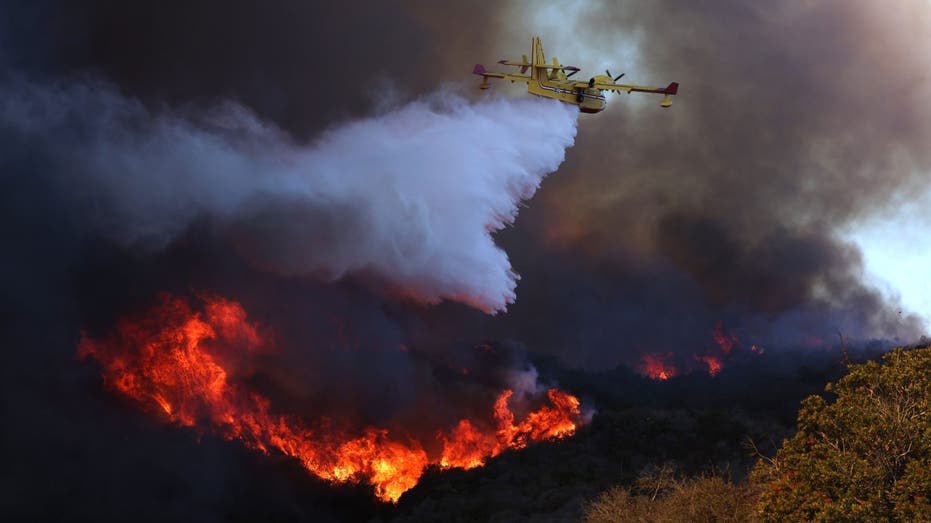New York Gov. Kathy Hochul has approved permits to expand capacity on a major bi-state pipeline despite years of pushing green policies like bans on natural gas use in new construction.
The Hochul administration signed off on permits to expand capacity in the Iroquois Pipeline – a crucial 414-mile route from St. Lawrence County — near the border with Cornwall, Ontario, – running down the Adirondacks, through western Connecticut, under Long Island Sound and forking toward Commack, Long Island, or Hunts Point, Bronx.
That move comes as the state Department of Environmental Conservation admitted the approvals are “inconsistent with” statewide greenhouse gas emissions limits imposed in recent years, according to the New York Post.
Hochul said this week that just as she is trying to institute $500 “inflation refunds” for middle-to-low income families, that money is going “right out the door” to Consolidated Edison (ConED).
REPUBLICANS RIP HOCHUL’S INFLATION REFUNDS: BRIBE TO MAKE NYERS LIKE HER
ConEd, the main utility provider in New York City and Long Island, is planning to implement 11.5% increases in electric rates and 13% increases in gas rates – amounting to about $500 per year – unless the New York Public Service Commission (PSC) steps in, according to FOX-5.
The PSC is already under pressure from Hochul to audit the salaries of ConED executives amid chatter about the rate hikes. Hochul’s actions come after years of crackdowns on fossil fuel production and consumption by New York Democrats.
In 2019, then-Gov. Andrew Cuomo signed the Climate Leadership & Community Protection Act from then-Sen. Todd Kaminsky, D-Long Beach, which moved the state away from fossil fuels and established a net-zero goal by 2040.
Two years later, the state shuttered the massive Indian Point nuclear energy production facility on the Hudson River opposite Haverstraw.
Cuomo said at the time that he had been concerned for years about the safety of the plant. “It does not belong on the Hudson River and in close proximity to the most densely populated area in the country… This is a victory for the health and safety of New Yorkers, and moves us a big step closer to reaching our aggressive clean energy goals.”
Albany Democrats, led by Hochul, have since banned furnaces and gas heating in new construction.
The governor also announced a “cap and invest” program to force Big Oil to invest in green energy by paying for emissions. According to the Post, a report from the PSC also indicated ConED and fellow utility National Grid were also “barely able to provide adequate [energy] supply” during a recent Arctic storm that brought temperatures near 0 degrees Fahrenheit to the Empire State.
HOCHUL’S CHRISTMASTIME BOAST OF SAFER SUBWAYS CAME AMID STRING OF VIOLENT ATTACKS
The sun sets on the Empire State Building, One Vanderbilt and the Chrysler Building in New York City on March 14, 2021. (Photo by Gary Hershorn/Getty Images)
As for Hochul’s efforts to audit ConED, Republicans agreed the rate hikes are and have been outrageous, but that particular move would not help.
“Natural gas is a proven, reliable source of energy and vital for consumers in the Northeast,” said State Assembly Minority Leader Will Barclay. “The green dreams of environmental extremists are meaningless if people can’t heat their homes in mid-February. It’s incredible to see radical liberals protest a necessary measure that allows New Yorkers to stay warm in the winter. But reliability, affordability, and common sense have never been priorities of New York’s climate cult.”
Additionally, the state’s natural-gas-rich Southern Tier – a 200-mile area roughly running from Jamestown to Hancock along the Pennsylvania border – has been affected by a statewide ban on fracking, which state lawmakers representing the area have fought yet-unsuccessfully to undo.
This, even as communities just a few miles southward in Pennsylvania continue to extract natural gas from the same Marcellus Shale Range on their side of the line.
CLICK HERE TO GET THE FOX NEWS APP
Hochul added to the ban by further prohibiting a new, safer form of fracking using carbon dioxide instead of liquids.
While former Pennsylvania Gov. Tom Wolf enacted a moratorium on state parkland fracking, there has been no fracking activity to speak of along the NY-17 corridor for many years.
After then-Gov. David Paterson announced the state’s original fracking moratorium in 2008 – later becoming an outright ban under Cuomo – some Southern Tier villages whose economies depended on energy production considered trying to “secede” to Pennsylvania.
Fox News Digital reached out to Hochul and ConED for comment but did not receive a response by press time.






